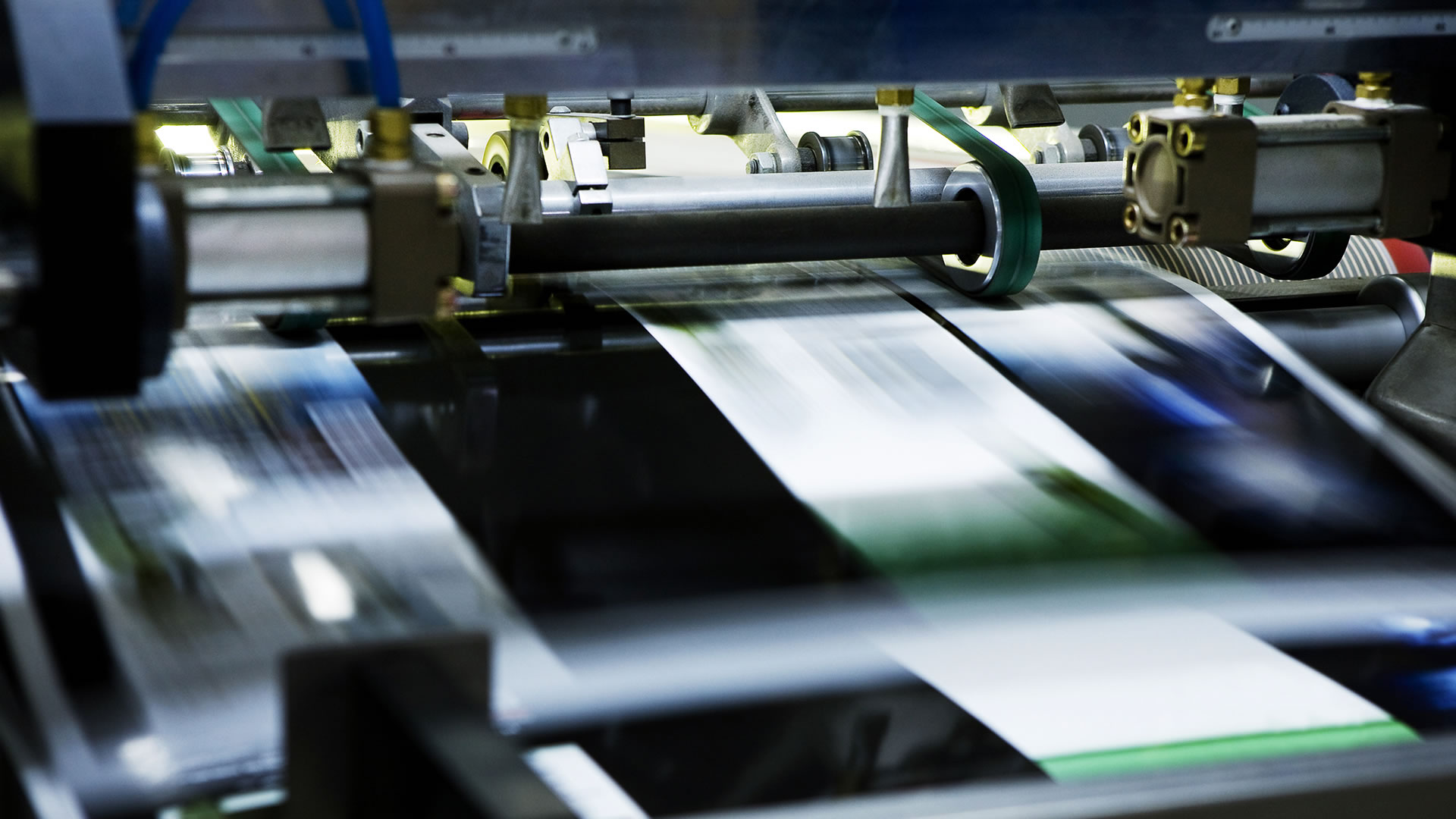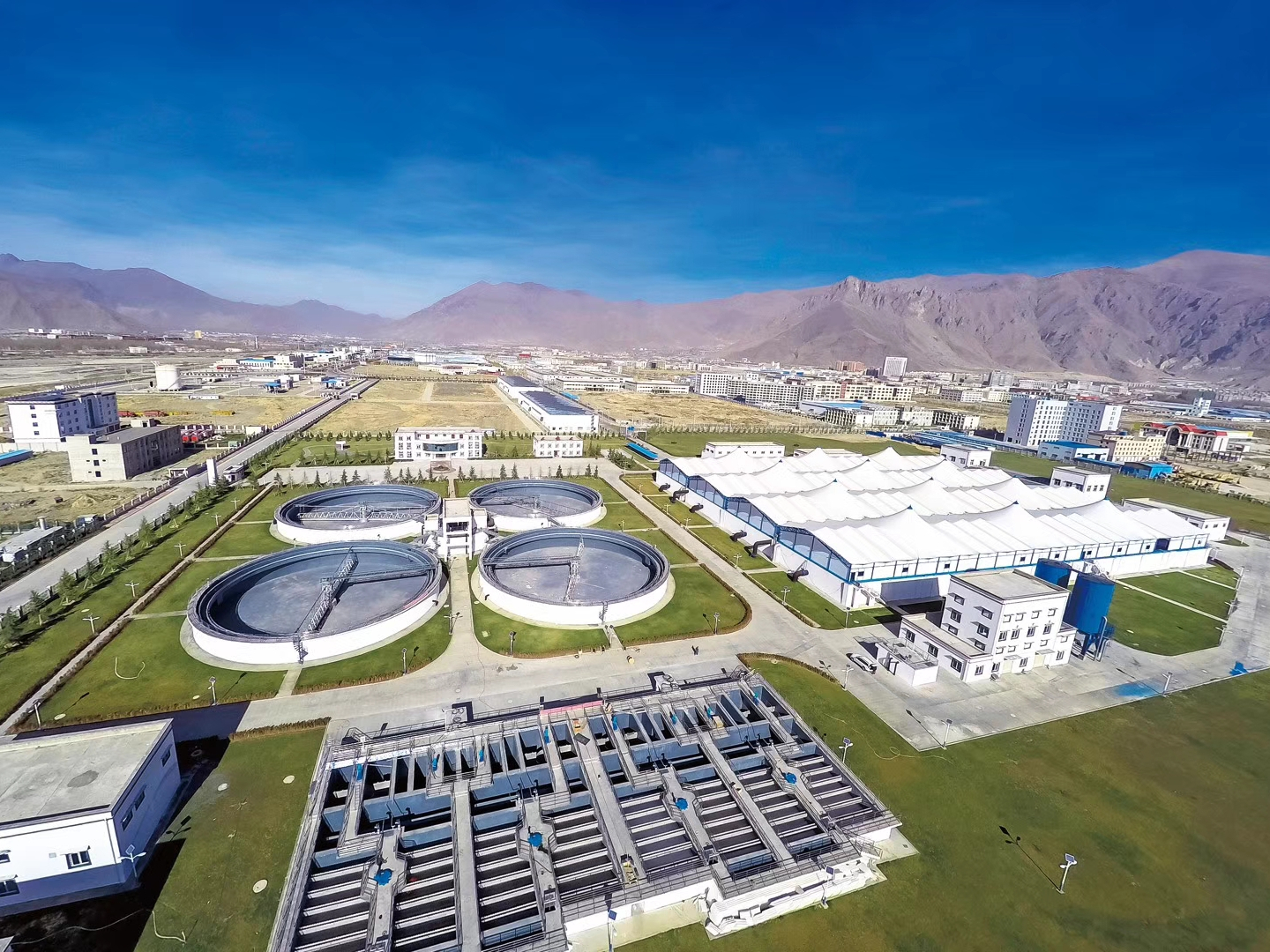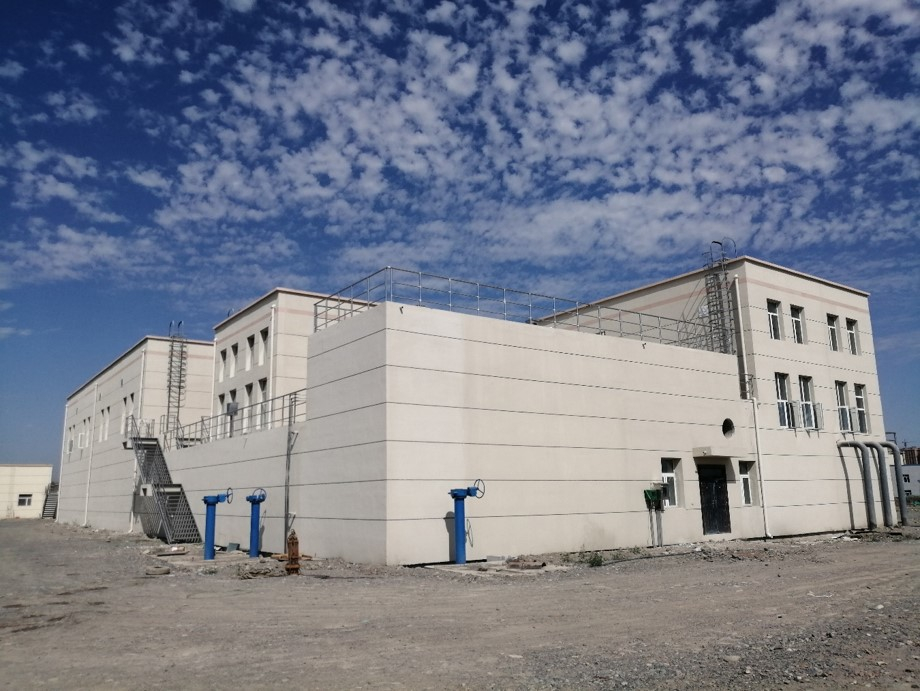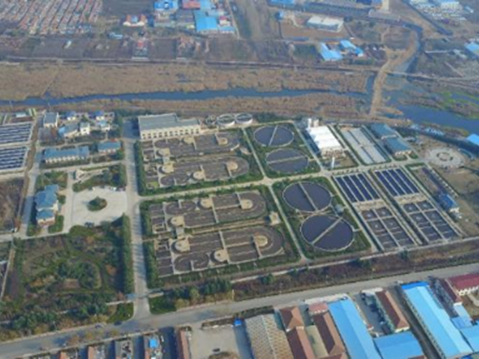Analogue
Issue 19, Jun 2021

Issue 19, Jun 2021
ATAL is well known as a leading electrical and mechanical (E&M) engineering service provider in Hong Kong, but the company’s expertise is also enhancing everyday life throughout mainland China’s vast geography.
In fact, we have played a role in more than 200 sewage and water treatment projects in many of the nation’s provinces, including the world’s largest high-altitude sewage treatment plant (STP) in Tibet.
Advanced treatment processes provide ATAL with a competitive edge in mainland China, where stringent environmental control standards and ambitious targets form part of the current five-year plan of the Government of People’s Republic of China (PRC). With the implementation of the new Grade 1A Discharge Standard of the nation’s urban sewage treatment plants, this presents a major opportunity for ATAL to showcase our expertise in offering the optimum solution for upgrading such plants.
Tibet Lhasa Sewage Treatment Plant (STP) – One of The world’s largest high-altitude STP
ATAL holds a wealth of experience in providing environmental engineering solutions in the most challenging locations – from the very north where temperatures plunge to minus 30 ° C in winter to the Xinjiang deserts, where natural water is scarce, and Lhasa.
It was in the capital of the Tibet Autonomous Region of China where ATAL built one of the world’s largest high-altitude STP. The city is 3,650 metres above sea level and basks in an average annual sunshine tally of more than 3,000 hours, earning Lhasa the nickname “City of Sunlight”.
ATAL handled the second phase of the city’s STP and designed a tailor-made automatic electrical control system so it could tolerate extreme conditions. These included factors such as excessive ultra-violet radiation, an oxygen deficiency and a wide difference between day and night-time temperatures.
All equipment had to meet high standards set by ATAL to ensure the overall solution would overcome challenges posed by such extreme environment. Our professionals also customised a high-rate sedimentation system, dewatered sludge cake pumps and storage silo system.
The project represented a contract worth RMB 56 million and was completed in 2017 The capacity of the Tibet Lhasa STP is now reached 130,000 m3/day – equivalent to the total volume of 52 Olympic-size swimming pools.
Xinjiang Karamay STP success led to three similar projects
Extreme weather conditions posed challenges when ATAL built a STP in Karamay, a city in the Xinjiang Uyghur Autonomous Region.
The plant was located in the city’s petrochemical industry park, where ATAL needed to provide a total treatment process solution, incorporating E&M design, supply of equipment and installation.
This was a STP needing to treat raw sewage separated from rainwater, plus sewage from melting snow, industrial and domestic wastewater. It is a challenge that the sewage contains high level of oily substances. Our approach was to apply ATAL-developed technology known as ATAL Biological Aerated Filter (ABAF), which can (1) remove pollutants by microorganisms attached to filter media, and (2) provide physical filtration. In addition, periodic backwashing procedures ensure the filter tank can be maintained at a highly-efficient rate of operation.
ABAF technology offers multiple advantages such as a high loading rate, small footprint, high degree of automation and robust stability.
The Karamay STP project, amounting to a contract worth RMB 38 million, has become a successful showcase that ATAL applied the same approach to similar facilities at the Urumqi Hexi, Urumqi Qidaowan and the Shanghai Jiading STPs.
Qingdao Jimo STP – ATAL’s first Build-Operate-Transfer (BOT) project in mainland China
The Jimo district of Qingdao in Shandong Province was the location for ATAL’s first Build-Operate-Transfer (BOT) project in mainland China. The contract also included 15 years of operation and was worth RMB 100 million.
Another important aspect was the fact we applied ATAL-developed AMSFS II Multi-stage Flocculation Sedimentation II technology, utilizing magnetic media and special chemicals to removes total suspended solids, total phosphorus and certain degree of chemical oxidation demand in sewage.
This in-house technology is particularly resistant to shock loading, and offers advantages such as a high hydraulic loading rate, small footprint and stability of effluent quality, while performing outstanding advanced sewage treatment sufficient to meet the nation’s new discharge standard.
ATAL’s wealth of experience in designing, building and operating STPs positions the company well to offer quality solutions, meeting customers’ requirements to upgrade existing STPs and switch to advanced treatment processes.
ATAL Engineering Group Executive Director Ir Raymond Chan said: “We have made a firm commitment to sparing no effort in providing customers around the world with the highest-standard cutting-edge solutions, based on in-depth experience and innovative application of the latest technologies. The government of the People’s Republic of China’s Belt and Road Initiative could well be the source of yet more business openings for ATAL, which has already established a track record in other Asian countries such as Nepal and Vietnam.”

The Tibet Lhasa STP – one of the largest high-altitude STP in the world

Success at the Xinjiang Karamay STP was repeated at the Urumqi Hexi, Urumqi Qidaowan and the Shanghai Jiading STPs

The Jimo district of Qingdao in Shandong Province was the location for ATAL’s first Build-Operate-Transfer (BOT) project in mainland China